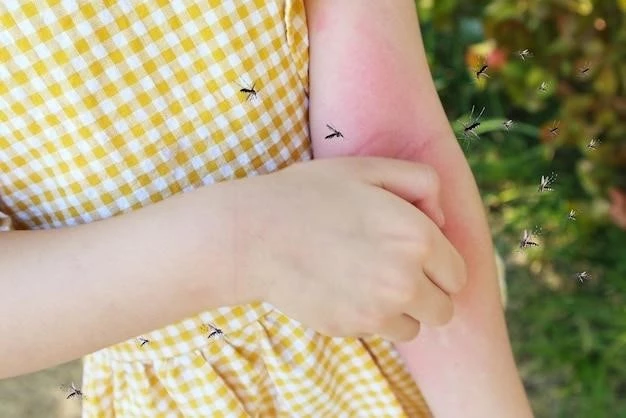Understanding Shingles
Shingles is a viral infection that leads to a painful, itchy rash. It is essential to understand the symptoms and treatment options available to manage this condition effectively.
Shingles is a viral infection caused by the varicella-zoster virus, the same virus that causes chickenpox. It typically presents as a painful, itchy rash on one side of the body and may lead to complications if not managed properly. Understanding the symptoms, treatment options, and prevention strategies is crucial in effectively dealing with shingles.
Definition and Overview
Shingles is a viral infection caused by the varicella-zoster virus, manifesting as a painful, itchy rash on one side of the body. Understanding the symptoms, treatment options, and prevention strategies is crucial.
Pain and Itching
One of the key symptoms of shingles is the presence of pain and itching, typically localized to one side of the body. Managing these symptoms effectively is crucial to improving your comfort and promoting faster recovery. Consult a healthcare professional for appropriate pain management strategies and advice on alleviating itching during your shingles episode.
Rash Appearance
When experiencing shingles, one of the hallmark signs is the appearance of a red, blistering rash that tends to be localized to a specific area of the body. This rash can be uncomfortable, often accompanied by itching and burning sensations. It’s essential to monitor the progression of the rash and seek medical advice on appropriate treatment options to manage the discomfort and aid in the healing process.
Causes of Shingles
The primary cause of shingles is the reactivation of the varicella-zoster virus, the same virus responsible for chickenpox. Factors like aging or weakened immune systems can trigger the reactivation, leading to the development of shingles. Understanding the underlying cause of shingles is crucial for effective treatment and prevention strategies.
Viral Infection
Shingles is a viral infection caused by the reactivation of the varicella-zoster virus, the same virus responsible for chickenpox. Understanding the role of this virus in shingles development is essential in managing and treating the condition effectively. Consult a healthcare professional for guidance on antiviral medication and other treatment options to address the viral infection underlying shingles.

Diagnosis and Treatment
Proper diagnosis and timely treatment are crucial for managing shingles effectively. Seek medical guidance to confirm the condition and explore appropriate treatment options available. Early intervention can help alleviate symptoms and prevent complications associated with shingles.
Medical Evaluation
Seeking a medical evaluation is vital for the accurate diagnosis of shingles. Healthcare professionals will assess your symptoms, potentially perform tests, and recommend appropriate treatment based on your individual case. Early detection and intervention play a key role in effectively managing shingles and reducing the risk of complications. Consult a healthcare provider promptly if you suspect you may have shingles.
Antiviral Medications
When it comes to shingles, antiviral medications play a crucial role in managing the viral infection caused by the varicella-zoster virus. These medications, such as Acyclovir and Valacyclovir, can help reduce the severity of symptoms, speed up the healing process, and lower the risk of complications. Consult your healthcare provider to discuss the most suitable antiviral medication for your shingles case.

Prevention Strategies
Prevention is key when it comes to shingles. The recombinant zoster vaccine (Shingrix) is highly recommended to lower the risk of developing shingles and its complications. Stay informed about vaccination options and consider discussing this preventive measure with your healthcare provider for optimal protection.
Vaccination Information
Getting vaccinated with the recombinant zoster vaccine (Shingrix) is a highly effective way to prevent shingles and reduce the risk of complications associated with the condition. Discuss the vaccination option with your healthcare provider to ensure optimal protection against shingles and its potential impact on your health.
Self-Care Tips for Managing Shingles
When dealing with shingles, self-care is essential in easing discomfort and promoting recovery. Apply cool, damp washcloths to soothe your skin, take oatmeal baths, and consider using calamine lotion to ease itching. Ensure proper care for your well-being while managing the shingles rash.
Soothing Measures
When managing shingles, consider using cool, damp washcloths to soothe the skin, taking oatmeal baths, and applying calamine lotion to alleviate itching. These measures can help provide relief and support the healing process of the shingles rash. Remember to prioritize your comfort and well-being while dealing with shingles.
Possible Complications
While shingles itself isn’t life-threatening, it can be quite painful. Possible complications include postherpetic neuralgia, a condition characterized by persistent shingles pain even after the rash has cleared. Vaccines can help reduce the risk of shingles, while early treatment can aid in shortening the infection duration and lowering complication chances. Seek prompt medical attention if you suspect shingles to effectively manage the condition and prevent complications.
